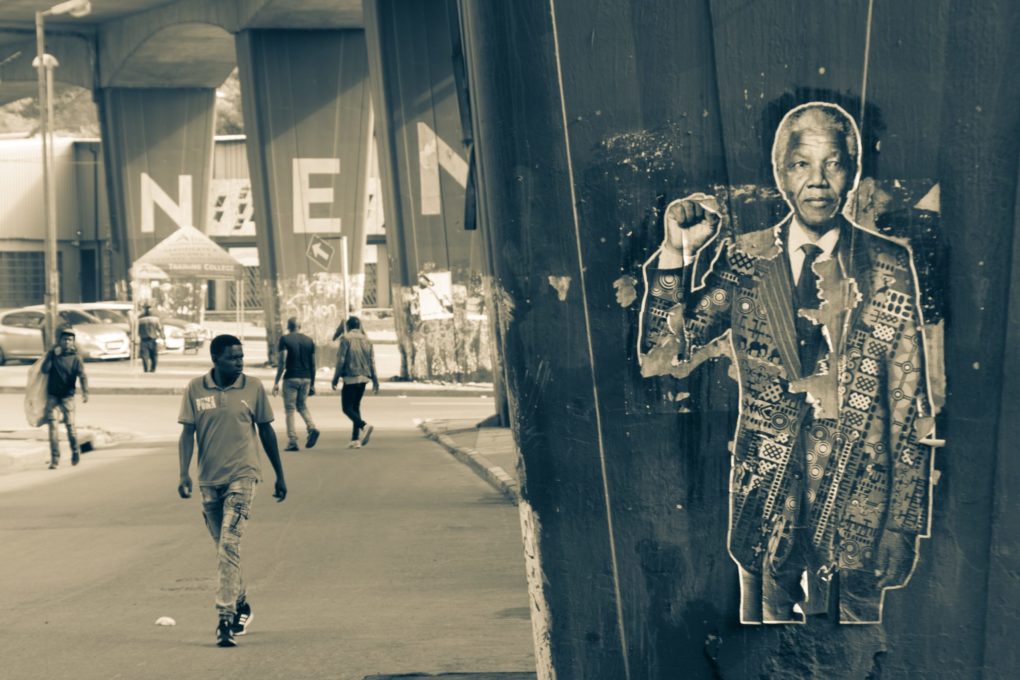On June 30, 1991, the last remnants of South Africa‘s apartheid era were seen in the legal system. Now that 30 years have passed since the racial segregation; natives acknowledge the anniversary of institutionalized racism based in Africa.
The apartheid regime ended in April 1994 when Nelson Mandela was elected in South Africa’s first democratic election, which altered the future of South African society for the better.
White South African’s occupied much of the land in South Africa that caused for extreme poverty and economic differences between them and the Black South Africans that natively resided in the land.
In 1652, Europeans came to South Africa to set up a ship port for goods in Cape of Good Hope. Later, the British and the Dutch occupied the Southern region of the continent due to decades of violence and conflict, which robbed the Black locals of their rights and exacerbated into centuries of apartheid.
The smaller white population dominated over the largely Black population of South Africans by dismissing their voting rights and stealing their economic welfare, bridged to the jobs they received. Most Black Africans in South Africa were employed by their white counterparts, and this became the history that made up South Africa’s complicated heritage and ancestry.
On May 10, 1994, Nelson Mandela was inaugurated, and he began erasing all the legal and inhumane declarations that allowed institutionalized racism to still exist. By late June, all apartheid became a memory, even though the legacy of the discriminatory nature of the laws may be seen in the way the demographics were culturally socialized in South Africa.
The continent’s Truth and Reconciliation Commission is putting actions against those who benefitted off of apartheid and is punishing those under their new jurisdictions. Now, South Africans are acknowledging the legal vestiges of apartheid and the progress made since then.





